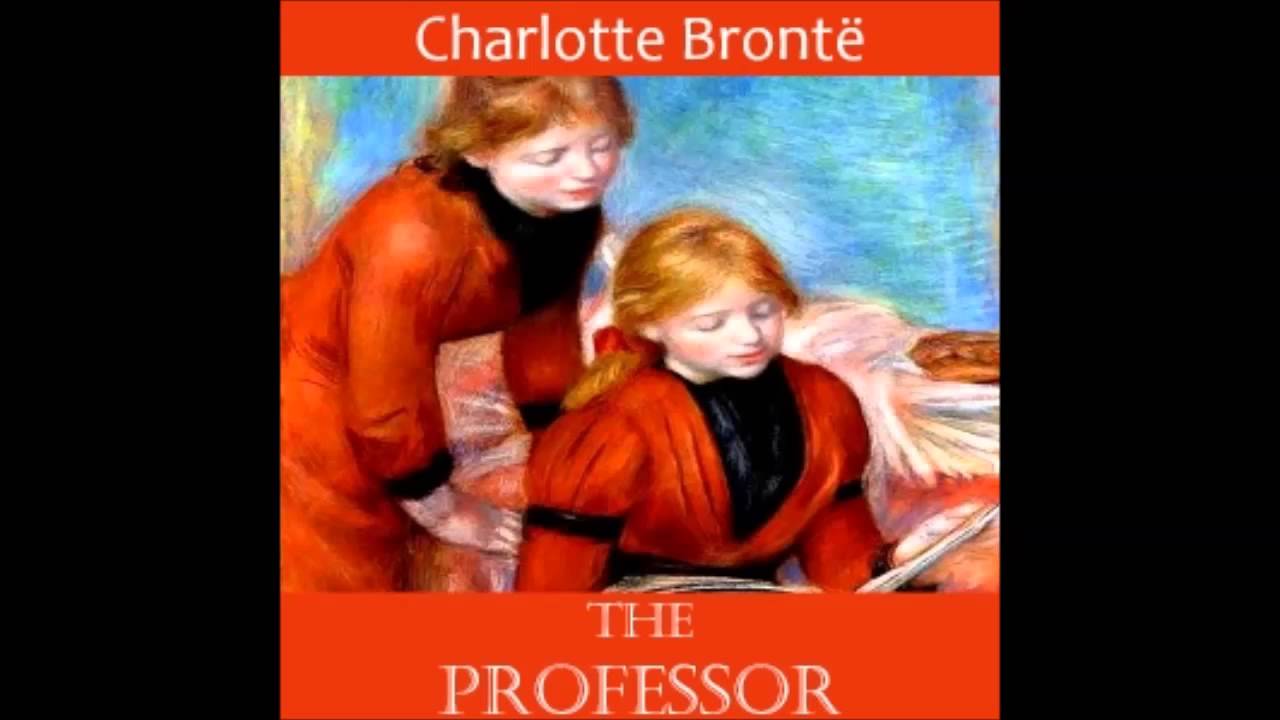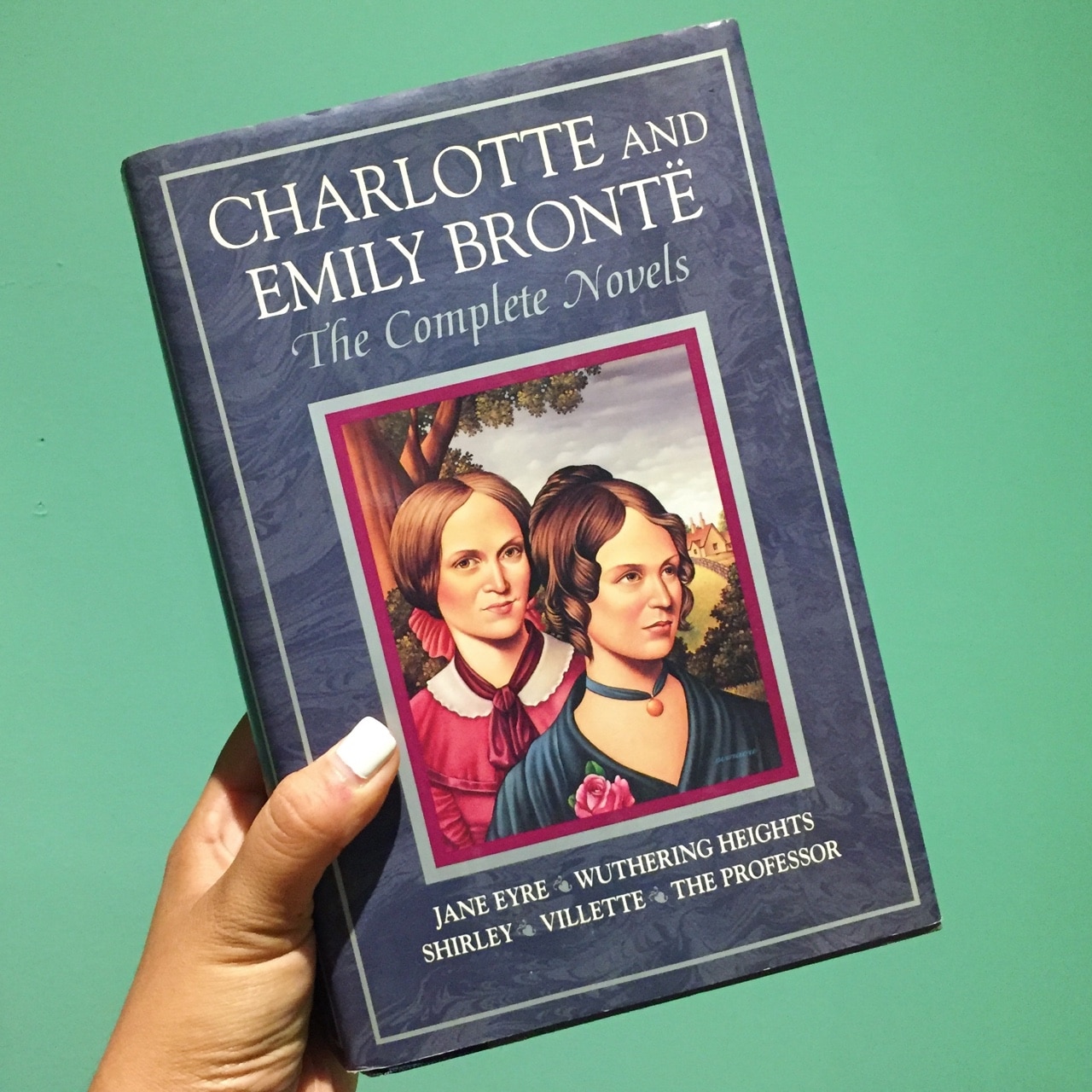


Instead of a novel of manners, it seems to be a study of character.

The last 250 pages of the novel give meticulous descriptions of a large number of other characters who appear on the sidelines of Caroline's life. Part of the excitement of the novel is the late introduction of Shirley Keeldar, who doesn't appear until after about 250 pages. The prominence of Shirley in the novel also gives the novel a feminist characteristic.Īlthough large parts of the novel, and surely the first 400 pages make for fast and exciting reading, the final 200 pages seem a bit tiresome. Where Caroline appears meek, Shirley Keeldar is entrepreneurial, a very strong woman. The other main character in the novel is a very different kind of woman. Her motivation seems to be purely out of sympathy, although it is later revealed that she is actually Caroline's mother. Half-way through the novel, Caroline is spared this fate, as Mrs Pryor seems willing to care for her in exchange for companionship. This is what one of the main characters, Caroline Helstone intends to do, although there is some doubt as to her abilities. First of all, women could go out and work as governesses and provide for themselves. In Charlotte Brontë's time this is very different. In the time of Jane Austen, women from less well-to-do families set their eyes on marrying a man of wealth or at least a parson. In Austen's novels attraction between men and women is often compared to manneristic dance movements, in Shirley it remains unclear to the very end which pairs are formed, an outcome quite unexpected.

Shirley ends with a double marriage, but they aren't marriages of romantic love. Many readers and critics consider it a less successful novel, but this seems a bit unfair. Shirley was only Charlotte Brontë's second novel. There is only about 30 years between the time of Jane Austen and that of Charlotte Brontë, and yet the economic outlook for women was entirely different.


 0 kommentar(er)
0 kommentar(er)
